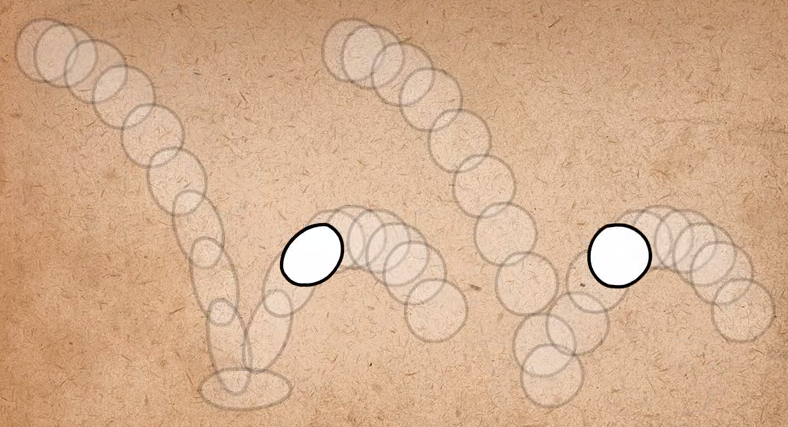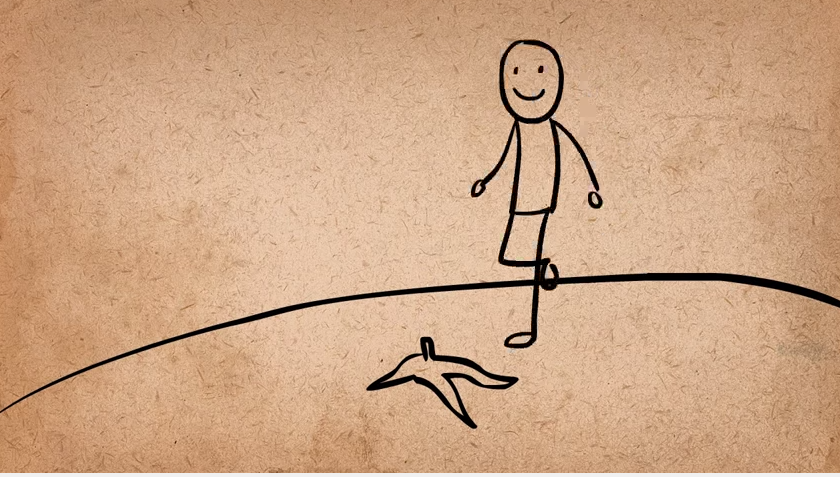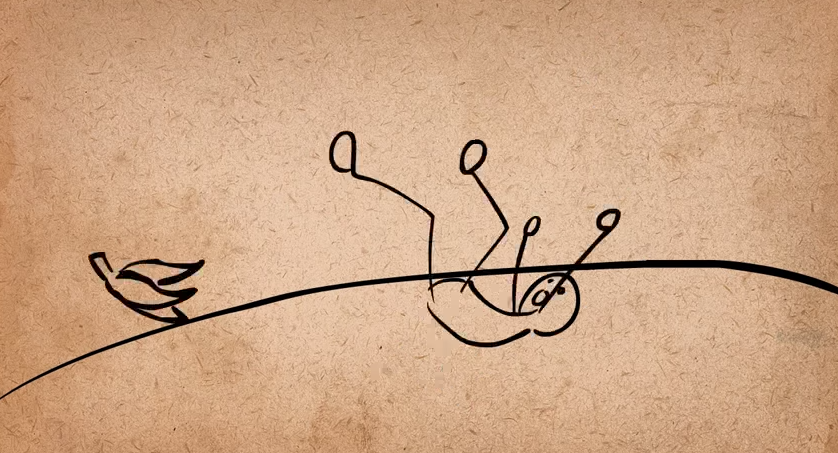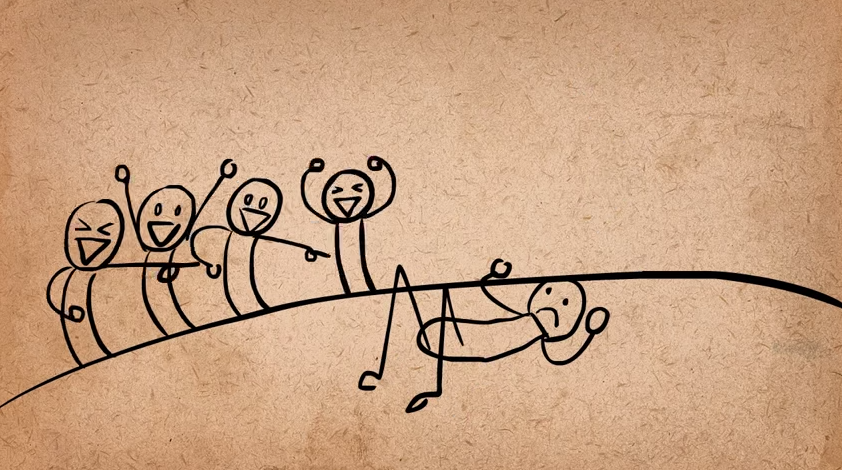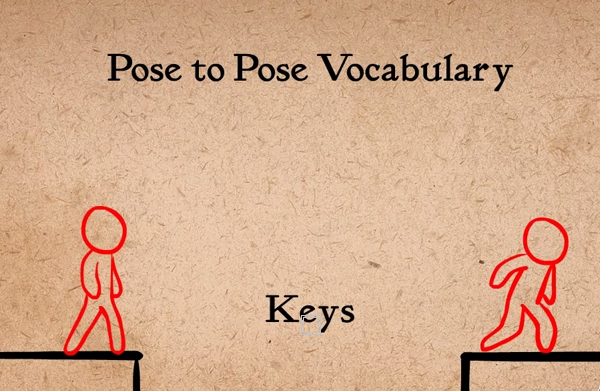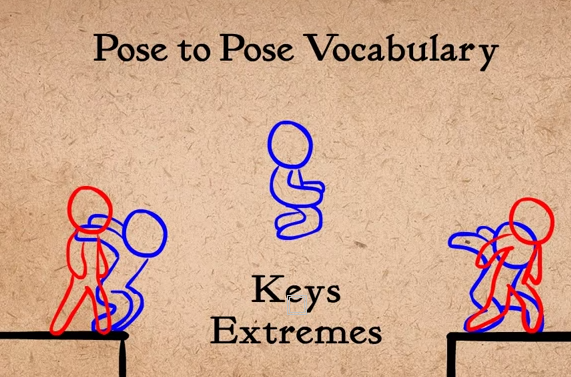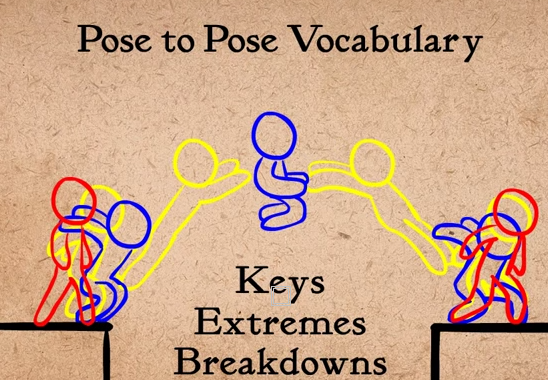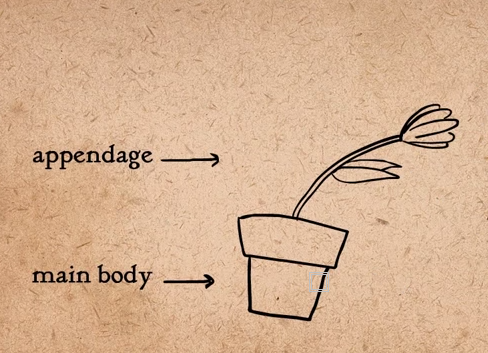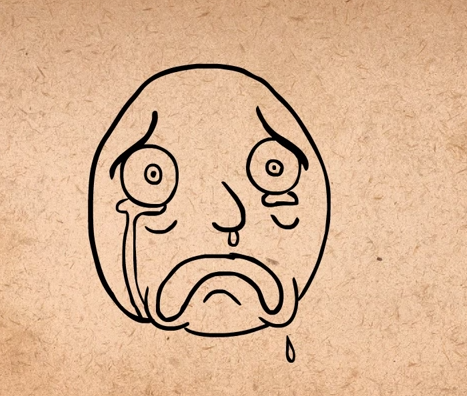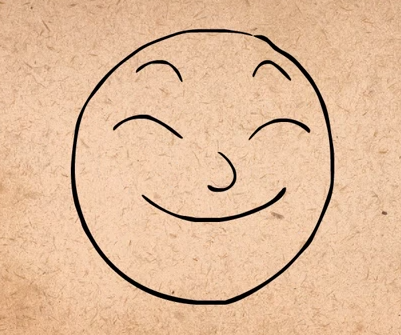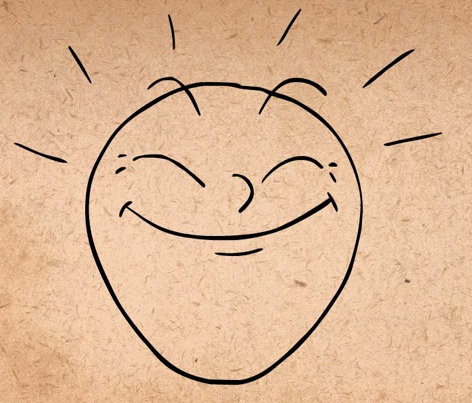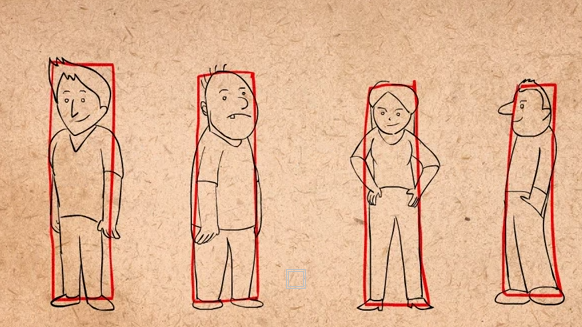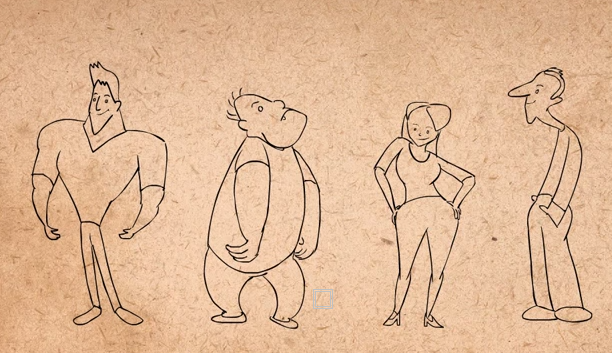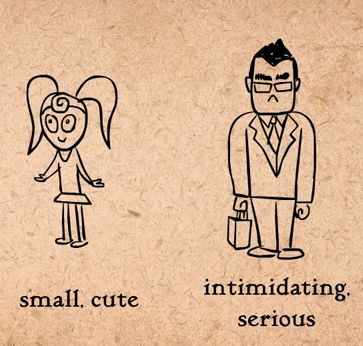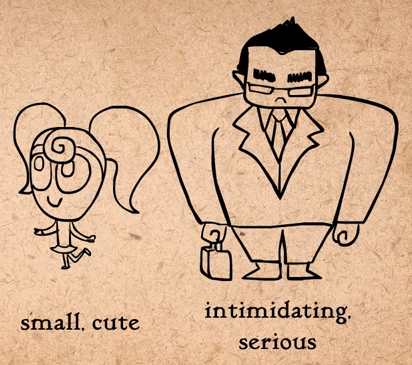The 12 Principles of Animation
originally written by Frank Thomas & Ollie Johnston(Disney Animators)
Below is a summary of the terms with images and videos taken from Alan Becker’s Youtube Channel. I highly recommend you check out these videos! They are awesome!!!
1. Squash and Stretch
To illustrate Speed/Momentum/Weight/Mass draw objects/characters so that they squash and stretch in time. In this example the Ball on the left has more STRETCH as it gets near the floor and SQUASH as it hits the floor. The ball on the right has no squash/stretch.
2. Anticipation
Prepare the audience for the next action your object/character will make. In this example we ANTICIPATE the characters ACTION (throwing a ball), this makes the action more exciting, lifelike and easier to understand.
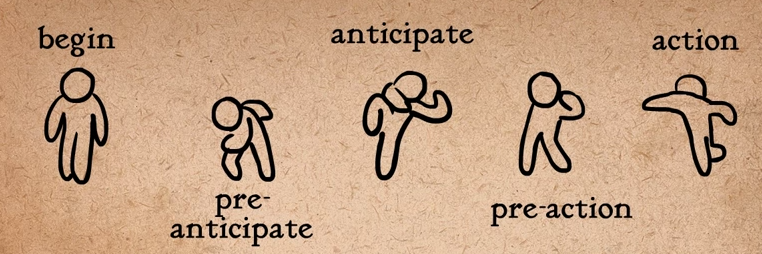
3. Staging
Animation is similar to filmmaking, you must consider the acting, timing, camera angle & position in your work. When creating your work consider
use thirds and centering to focus attention on the most important elements. In this example notice how the banana is STAGED in the center and bottom third of the screen to make the focus of our attention very clear and also allow for the set up of the laughing crowd.
4. Straight Ahead Action and Pose to Pose
This refers to the way that you draw:
Straight Ahead- animate each movement, step by step
Pose to Pose – set up Key, Extreme and Breakdowns and then add the In-Between drawings.
Pose to Pose is considered better because you can plan your actions and you do less work in revising.
5. Follow Through and Overlapping Action
When a ‘main body’ moves its appendages should also move but you must consider gravity’s effects and the weight of the appendage.
Appendages include – Hair, Antennas, Capes, Ears, Hats, Clothing, etc.

6. Slow in and Slow out
To make movement seem more realistic, start with a slow speed and end with a slow speed. This means you draw you more images near beginning, and near the end of you sequence.
slow-in-and-slow-out
7. Arcs
Consider gravity and the natural parabola (Arc)when animating objects movement.
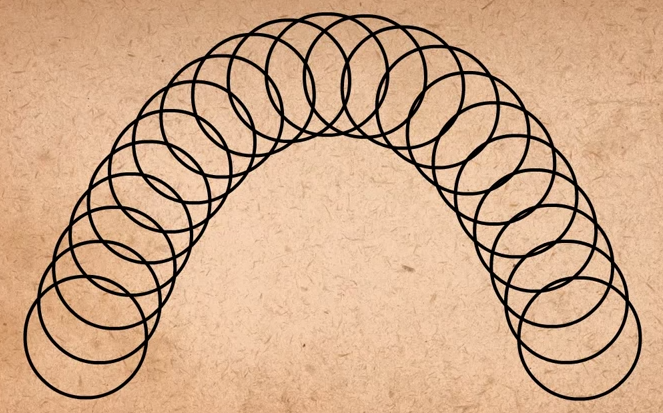
8. Secondary Action –
Include gestures that support main action. In this example someone is eating – The primary action is eating, but the lick of lips and smile are the secondary actions that make it more REAL.
secondary-action
9. Timing
When creating movement and action :
less drawings = fast
more drawing = slow
If your project is set up at 24fps (fps = frames per second) :
24 drawings = 1 drawing per second is known as ‘drawing on 1s’
12 drawings = 1 drawing every 2 seconds is known as ‘drawing on 2s’
timing
10. Exaggeration
Exaggeration is a key element so that your audience understands your ideas. Sad should be sadder, happy should be happier, etc.
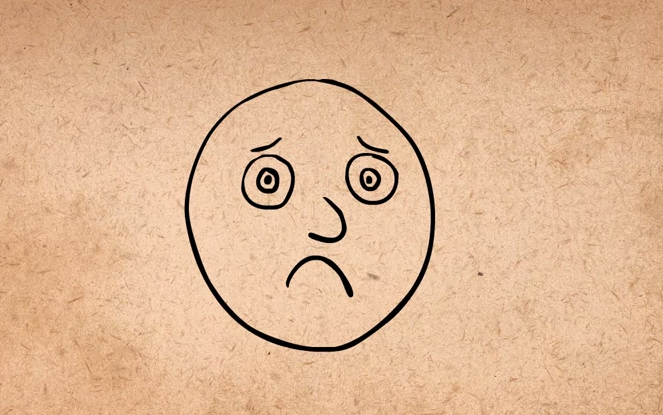
11. Solid drawing
To accentuate volume, weight, balance draw your characters and objects with SOLID shapes instead of flat shapes. Build with cubes, cylinders, spheres.
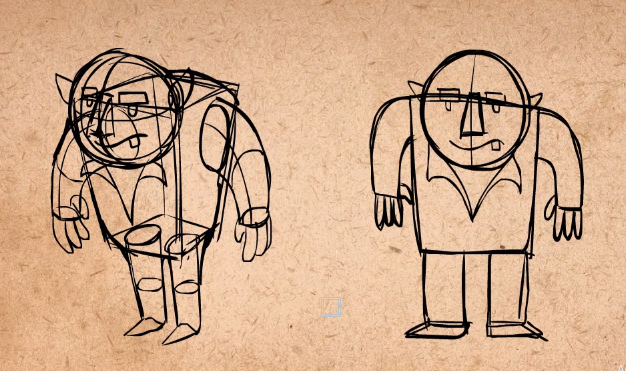
12. Appeal
Keep things interesting and dynamic. Use a variety of shapes, exaggerate proportions to make your characters unique.
Cartoons/Animations/Motion Graphics recommended by students
Powerpuff girls
Adventure Time
Steven Universe
Gravity Falls
Teen Titans
Ed, Ed and Eddie
Road to Eldorado
Tom and Jerry
Samurai Jack
Looney Tunes
Simpsons
Animaniacs
Ren and Stimpy
Spongebob
Rocks Modern Life
Rugrats
Kill La Kill
Gumby
Wallace and Grommit
The amazing world of gumball
Scooby doo
Avatar the last airbender
Toy story
Cars
Shrek
Last Unicorn
Unico
Monster in Paris
Johnny Bravo
Star Blazers
